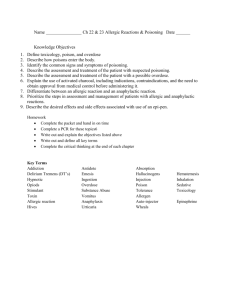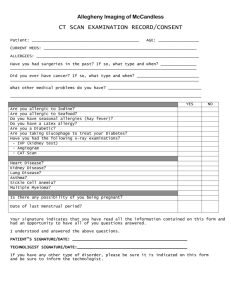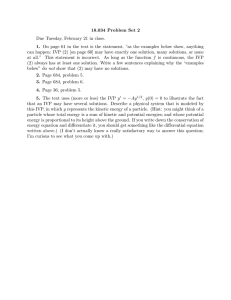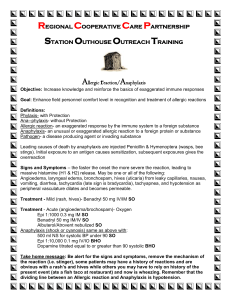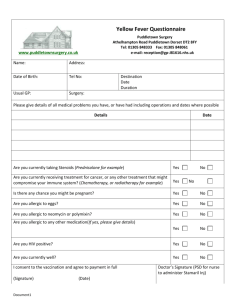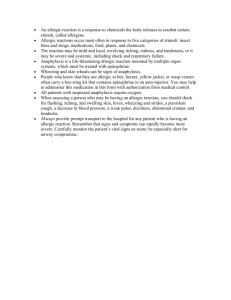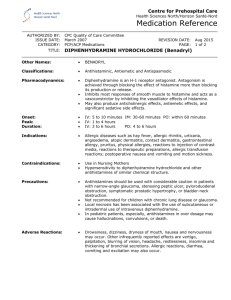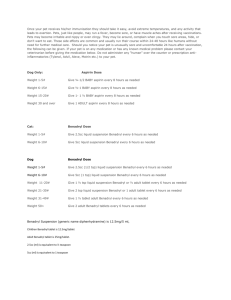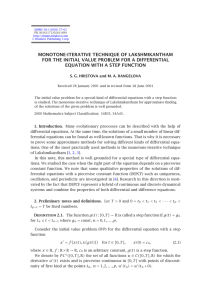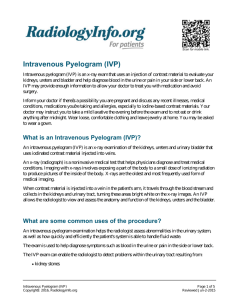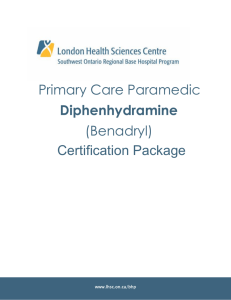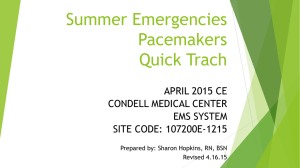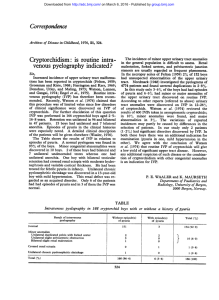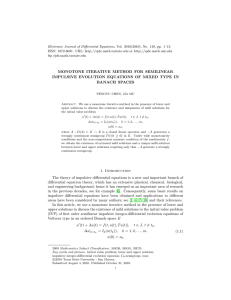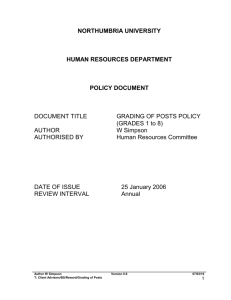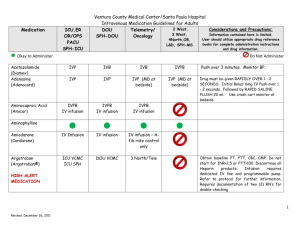Med 5 - Daves EMS History
advertisement
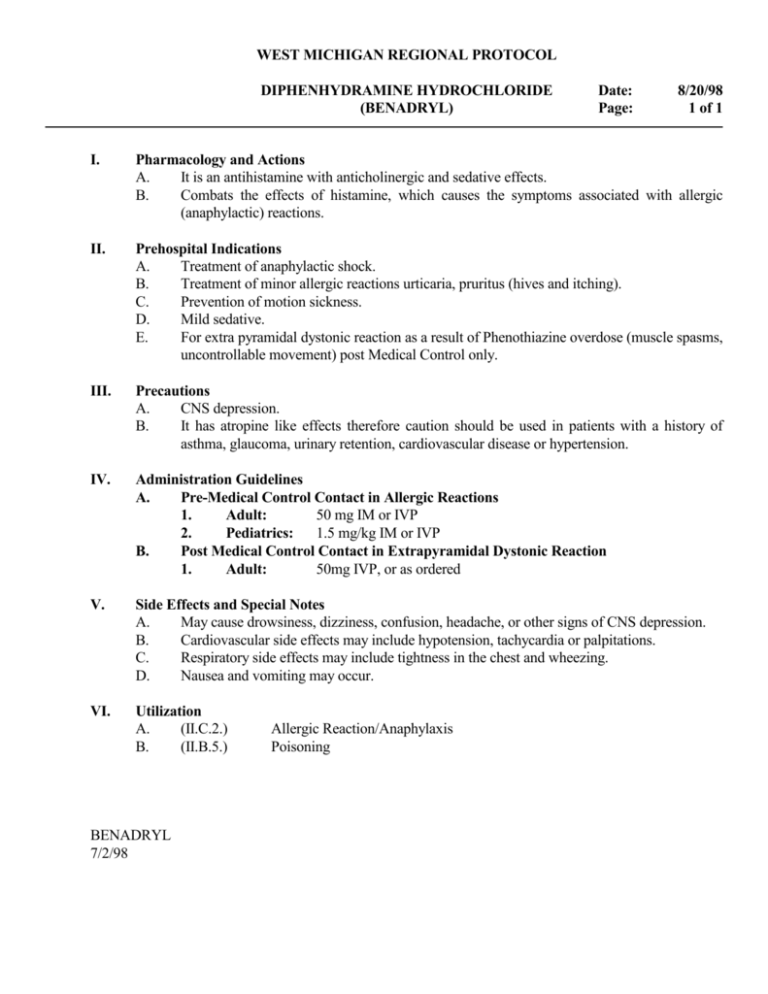
WEST MICHIGAN REGIONAL PROTOCOL DIPHENHYDRAMINE HYDROCHLORIDE (BENADRYL) Date: Page: 8/20/98 1 of 1 I. Pharmacology and Actions A. It is an antihistamine with anticholinergic and sedative effects. B. Combats the effects of histamine, which causes the symptoms associated with allergic (anaphylactic) reactions. II. Prehospital Indications A. Treatment of anaphylactic shock. B. Treatment of minor allergic reactions urticaria, pruritus (hives and itching). C. Prevention of motion sickness. D. Mild sedative. E. For extra pyramidal dystonic reaction as a result of Phenothiazine overdose (muscle spasms, uncontrollable movement) post Medical Control only. III. Precautions A. CNS depression. B. It has atropine like effects therefore caution should be used in patients with a history of asthma, glaucoma, urinary retention, cardiovascular disease or hypertension. IV. Administration Guidelines A. Pre-Medical Control Contact in Allergic Reactions 1. Adult: 50 mg IM or IVP 2. Pediatrics: 1.5 mg/kg IM or IVP B. Post Medical Control Contact in Extrapyramidal Dystonic Reaction 1. Adult: 50mg IVP, or as ordered V. Side Effects and Special Notes A. May cause drowsiness, dizziness, confusion, headache, or other signs of CNS depression. B. Cardiovascular side effects may include hypotension, tachycardia or palpitations. C. Respiratory side effects may include tightness in the chest and wheezing. D. Nausea and vomiting may occur. VI. Utilization A. (II.C.2.) B. (II.B.5.) BENADRYL 7/2/98 Allergic Reaction/Anaphylaxis Poisoning

